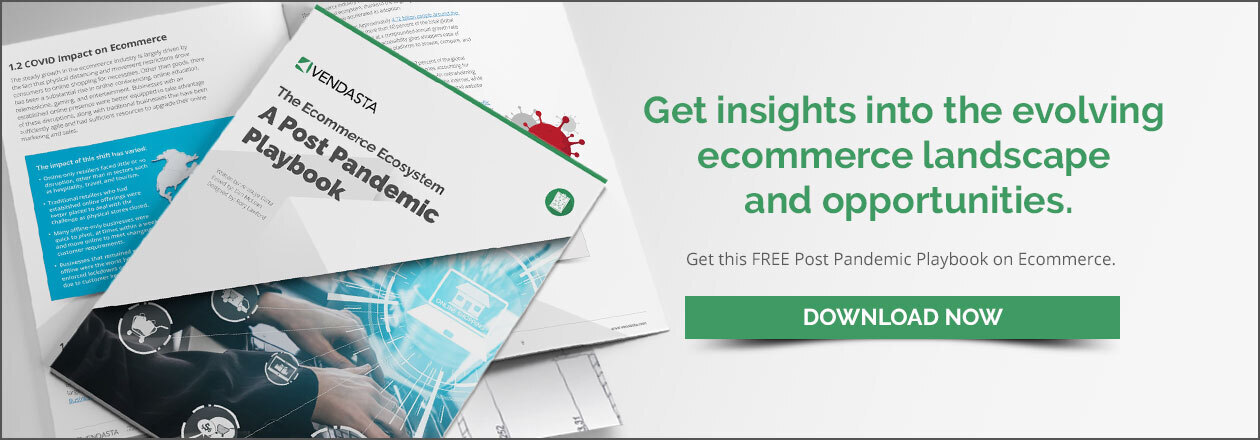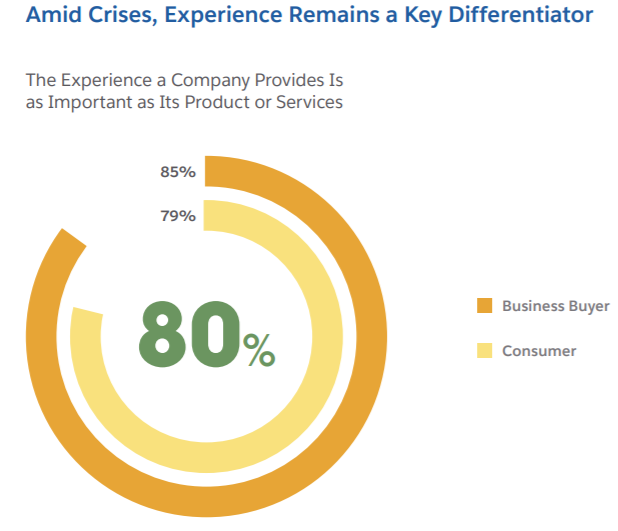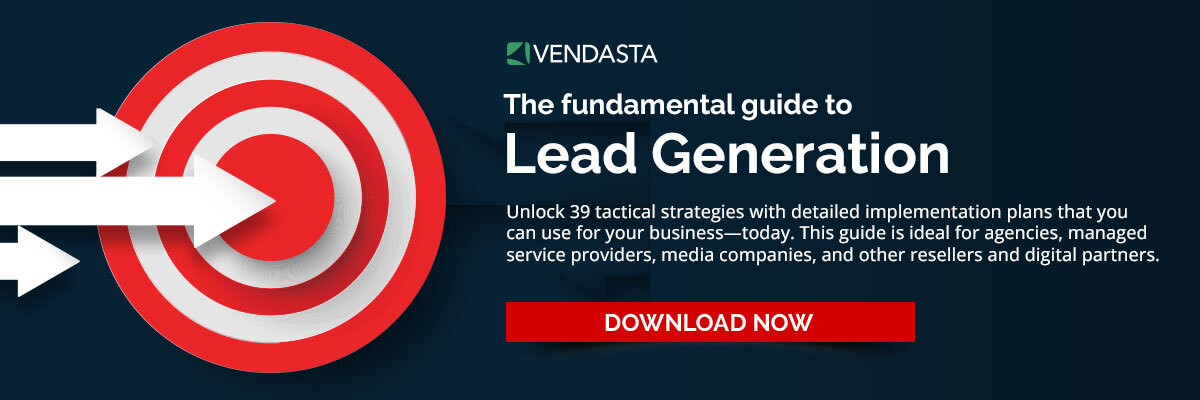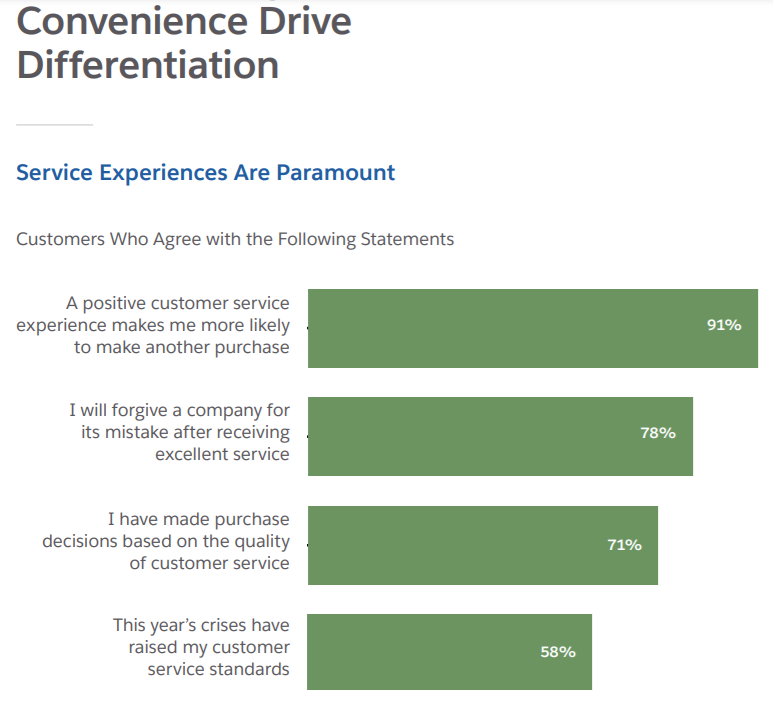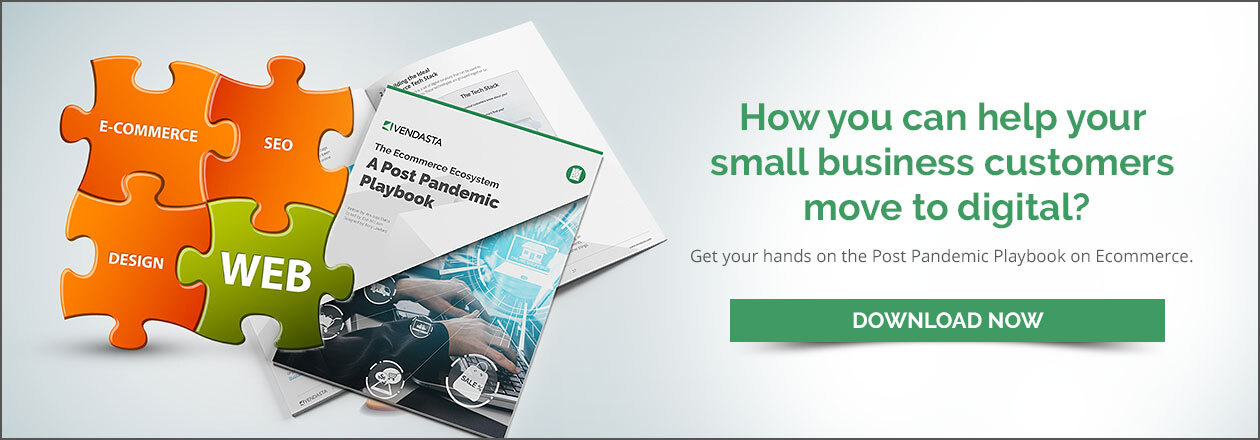How to Sell Online in 2021: 10 Tips for Small Businesses Getting Started with Ecommerce
The global pandemic has forever altered the retail landscape. As lockdowns and physical distancing forced consumers to switch to online, big retailers as well as small businesses widened their market reach through ecommerce.
Now, some of these changes look to be permanent – a study by Salesforce finds nearly 60 percent of consumers say they will do more online shopping after the pandemic than they did before. This accelerated shift to digital presents both a challenge and a great opportunity for small and medium size businesses (SMB) to find new buyers and newer markets, and engage with consumers in new ways.
If you are a small business or a local expert helping your SMB client who may just be embarking on the ecommerce route, here are our top 10 tips.
Know Why Small Businesses Need a Well-Defined Ecommerce Strategy
1. Start small
It can be overwhelming to know how to get started, with all of the tools and technologies available. Showcasing all of your inventory online may be too much of an immediate first step. So good advice here is for local businesses to start small. That may mean showcasing only your Top 10 products online, perhaps selecting one product or service category to highlight, or adding an ecommerce function to just a single business location.
“Get a few pieces up at a time, starting with your most popular or in-demand products. Ensure that your inventory is managed properly between online and in-store sales. You don't want a customer ordering something online, only to find out that it's not available,” says Michael Kinar, founder of Fortuna Business Consulting.
You learn a lot as you begin and can make adjustments as you expand and grow.
2. Focus on driving traffic
Driving traffic is an important part of generating ecommerce sales. Most online local businesses already get some website traffic which may give them an advantage over those businesses starting ecommerce from scratch. Prepare to invest in additional advertising to support your online efforts. Drive traffic using paid digital advertising directly to your specific online products.
“If you have special events and sales at your location, be sure to create a similar experience online and promote those sales. Remember that these efforts will also help boost your in-store sales. Use email marketing to drive traffic to your website from current subscribers and existing customers,” says Thomas McMillan, CEO and founder of Triple Digits Group.
“Focus on local listings and social media accounts so people can find you,” says Antonio Cárdenas, founder and growth director at Wildbird Media. “Start doing videos and get good reviews of your business. Paid ads on Google, Facebook, and YouTube drive traffic and, depending on the product, it could build a sales funnel.”
What are the Roadblocks to Ecommerce Adoption by Small Businesses?
3. Make the customer experience easy
Ecommerce experiences should be fast, easy, and not require unnecessary steps. Make it possible to check-out as a guest, for example, rather than forcing visitors to create a profile. Make sure your site is easy to navigate and browse, and make “buy” buttons clearly visible.
“The biggest mistake local businesses make is creating customer expectations that can’t be met. I have seen websites with a section marked ‘best sellers,’ for instance, where nearly every product is out of stock. That creates disappointment,” says Shane Schick, a seasoned technology journalist and B2B content marketing expert.
Even the Salesforce survey finds that despite the change that has swept businesses and customers with unprecedented speed and scale, customer experience still reigns supreme as a key competitive differentiator.
Adding ecommerce is more than just a matter of creating a new online sales channel for a local business. While it will provide a convenient way for shoppers to purchase your goods/services online, you should also look to create a positive and engaging customer experience that takes place across all channels.
“For example, many potential customers are likely to research your products and services online, check pricing and look to ensure you have inventory. Then, they may still decide to drive to your store. However, some will love the convenience of ‘buy and ship’ or they may prefer buying online and picking up in-store. For in-store pickup, really think about how to make that entire process easy on the customer and make adjustments at your location to deliver that experience,” McMillan says.
Suggested Reading: What is Amara’s Law and How is it Relevant to Ecommerce
4. Measure and improve conversions
Conversion is simply an ecommerce sale or purchase made by a customer. Once a visitor arrives on your website, the content and online experience drive the conversion. So make it easy for online shoppers to find your products through intuitive navigation. Create categories and list pages that help them find what they are looking for. Onsite search is an alternative way to do this, but many will prefer to use search on your website.
A product page is critical as it provides all information about a product or service offered on your website. McMillan says it should include pricing (or a sale price) plus provide the product name, features and benefits, mini-stories, social proof such as product reviews, copy that overcomes objections, and guarantees.
Be sure to also include lots of great product photos and even videos – typically more is better. Deloitte’s Digital Media Trends, 15th edition, published in April 2021, finds video streaming is the second most popular choice for entertainment among consumers.
Other important drivers of conversion are the cart and checkout process, which needs to be simple and not distracting. Distractions lower conversions.
5. Increase average order value
Increasing average order value is all about suggesting other products to purchase at key moments in the buying process.
Use information about products in the check-out basket to highlight promotions for other related products. This could include recommending something else required for another product to function (such as batteries for a flashlight). You can display related products in the basket, but make it easy to add related products without the need to exit the basket. Consider other recommendation options such as add-ons — people who bought this also bought that.
McMillan says he believes another way to do this is to drive an increased total ticket by offering promotions or incentives to increase the monetary value of the ecommerce check-out basket. This could be a promotion like free shipping with a purchase of more than $50 or a free gift with a $75 purchase. Related products can also be used to personalize the experience for a returning visitor who may have just made a purchase.
Get to Know What are the Best Options for Website Builder for Ecommerce Business?
6. Focus on customer service
A must-have for SMBs is great customer service. In a world of big brands and big money, it is good customer relations that keep a local small business going. In a digital world of zero face-to-face interactions, it can be tricky, but the importance remains the same.
Go all out to serve customers, from their initial discovery of your business to a post-sale. Rapidly respond to all queries and personalize that response by always using a friendly tone in all your communications, and by following up and solving problems. There are a variety of tools and channels available in the market that can be used to deliver great multi-channel customer service.
Central to providing the trusted, empathetic, and convenient experiences customers demand is connected engagement across their various digital touchpoints, finds the Salesforce survey.
Building a long-term relationship with customers is also important. Keep them engaged after they have made a purchase. Email and SMS are great ways to communicate and re-engage with customers and ideally get them to return to your ecommerce store.
“It’s important to remain top of mind and let them know of special offers and great content that would be of interest to them. This on-going communication will assist in increasing long-term business with your customers,” says McMillan.
Retention and loyalty are largely driven by what a business does to reduce the volume of questions they receive from customers who are confused by ecommerce processes. It’s also a matter of to what extent technologies like AI can be used to personalize the service they offer, similar to how a customer might be greeted as an in-person “regular” with a friendly smile, adds Schick.
7. Adopt the right tech
The most critical items are payment gateways to facilitate online transactions, applications to manage digital inventory across product pages and, most importantly, links to fulfillment systems used by warehouses and delivery teams.
The most significant technologies have AI or even basic automation that allow local businesses to “remember” what customers previously bought or showed interest in. Schick says this provides insights needed to personalize recommendations and make it easier for customers to find what they want.
Digital routes to market have created a new type of relationship with the buyer, one that allows for more flexible touch points. SMBs that have adopted marketing automation technologies to gain buyer intelligence are leading the pack. Buyers want to be engaged on their terms. They want access to the right information, educate themselves, and weigh their options before engaging a salesperson,” says Ayan Adam, founder of CX Atelier.
8. Get expert help
Don't try to do it all on your own. “If you don't have the time yourself, or knowledgeable staff members to handle a project like this, reach out to a trusted digital marketing company and have them take care of it for you,” says Kinar.
Many ecommerce systems were designed with large organizations such as big box retailers in mind. There can be assumptions made that those using these systems have an in-house digital-savvy team and IT department to support them.
But local businesses often need the help of experts to understand consumer behavior and technology shifts. And these local experts need to continuously encourage businesses to experiment with new marketing strategies.
Digital trends are accelerating at an incredible pace and service providers that stay current are poised to provide exceptional service to their clients, Adams says.
9. Invest in marketing
Good marketing takes a brand voice beyond current customers to reach new qualified leads. In a post-COVID world of work-from-home and virtual meetings, digital solutions become essential to SMBs in order for them to stay relevant and drive businesses. Word-of-mouth referral from in-store visits are happening a whole lot less.
It used to be enough to rely on trade shows, face-to-face meetings, and in-person events to generate brand awareness and drive marketing.
“Now you not only need to go whole-hog digital, but to know how to constantly keep customers engaged or updated. It’s super interesting what’s happening right now in this space,” Adams says.
When COVID struck, local businesses that had not shifted marketing spend from traditional channels like newspaper print ads to digital channels were found lagging in reaching out to customers. “While a lot has changed since then, I think there’s still a lot of catching up to do just to generate demand and show customers what the online experience will look like,” says Schick.
The most essential thing for local business experts is to provide case studies of those who have already made the digital move, showing the most measurable benefits as well as how they themselves can help businesses develop a marketing strategy in parallel to their ecommerce shift.
Read this blog on 13 tips for creating awesome marketing content
You might even write blog posts about product development updates. “Did you just schedule a new product launch on the calendar? Write about it. Tell your customers why the new product is useful, what the features of it are, and when it will be available. This will create interest in the new item before it even launches,” says Neil Patel, bestselling author and among the top web influencers.
The opportunity is to reimagine the journeys customers might take. Rather than shopping in person, for instance, a customer might decide to first browse a business’s site after reading an article, or seeing something on social media, says Schick.
10. Be adaptive to change
Small businesses that adopt a hybrid approach by augmenting in-person with digital store experiences stand to gain from the shift in consumer behavior. Furthermore, SMBs that fully leverage the power of social media and apply it to their “digital routes to purchase” will become leaders in their market, says Adams.
Local businesses should see ecommerce as just another way to provide value to customers, and recognize there is a lot of customer diversity. Some clients may become online-only purchasers, while others will continue to shop in person, or do a mix of the two. Regardless, the experience should be consistent no matter how customers choose to shop and interact,
Remember, the market and customer needs and behavior have changed, and marketing that once worked even a year ago may not work today.


